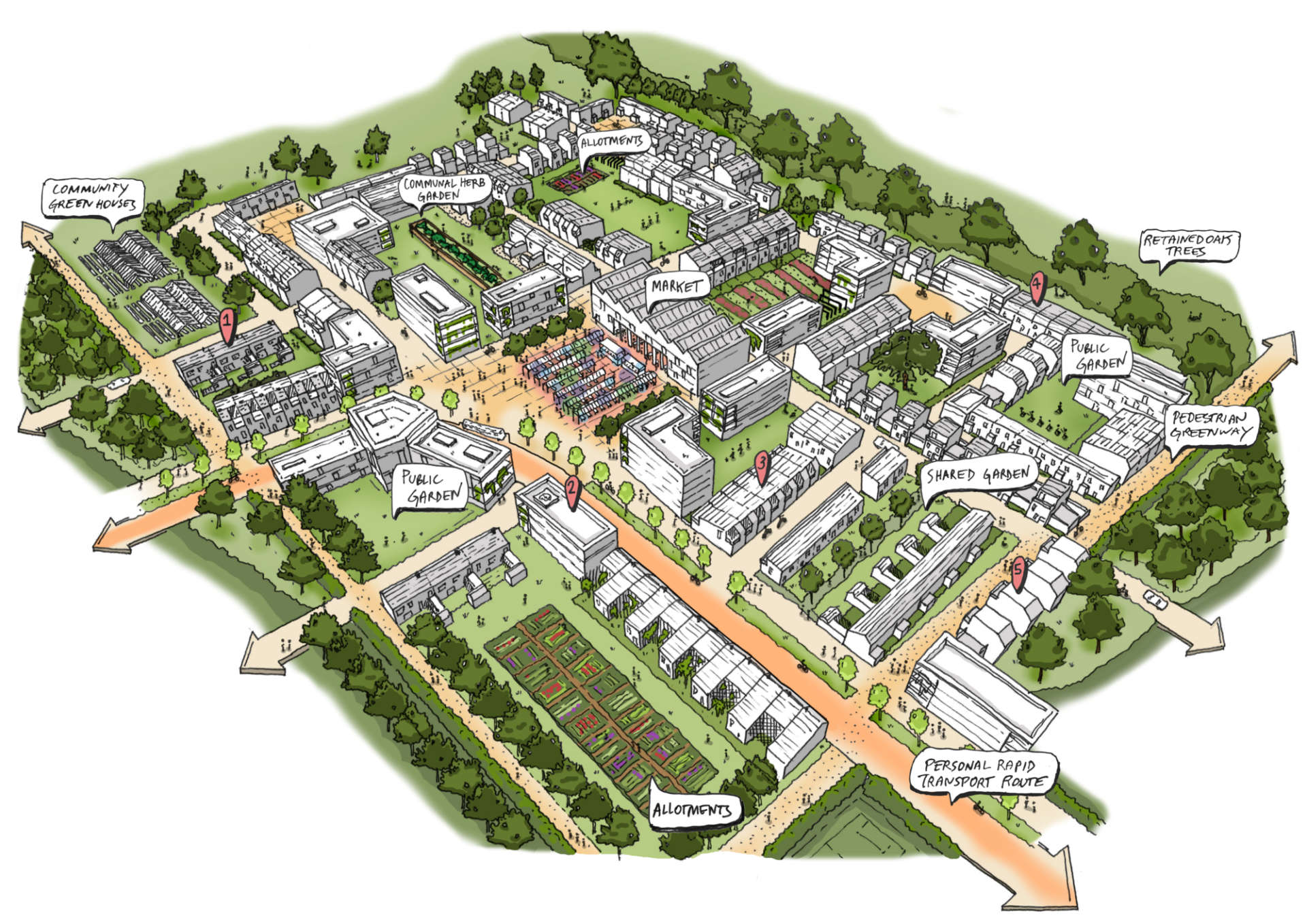Walk around any high street in the UK and you’ll be struck by two things: they all look the same and the increasing number of empty shops. It is clear that government studies and pronouncements from retail experts hasn’t worked. It is time for local communities to take back their high streets.
Out-of-town supermarkets, hypermarkets, retail parks and online shopping have sucked the life out of the high street which once served communities’ material needs and were a focus for many of their activities. The majority of independent shops have gone and the space has been filled by national chains that have turned the the look and feel of the high street into the same throughout the UK.
The forces that have shaped the high street have significantly increased due to the Covid-19 pandemic. On-line shopping has increased by over 100% and is unlikely to reduce ( my hope is that the shopping will eventually be delivered by electric vehicles! ). Social measures that have been put in place to reduce the spread of the virus have reduced footfall on the high street and will probably change our shopping behaviour for the foreseeable future. All of these changes will continue the decline of the high street.
Rather than looking at the high street with an air of depression we should look at empty shops as space that could be brought back to life for the local communities that they serve. We should tap into the many ideas being developed by local councils, campaign groups and individuals to regenerate the high streets.
The first step is to bring a green environment onto the high street. Just as some architects design houses to bring the garden into the house by opening up the space with covered terraces and courtyards a similar approach could be taken to bring the countryside into the high street. There are many ways of doing this for example planting a network of trees that connect the high street to the countryside. Ugly or empty premises could be covered with living walls which grow plants vertically. Public spaces could be taken over by the local community to grow fruit and vegetables similar to what has been achieved by a group in Todmorden in Yorkshire. Canopies could be constructed on the high street to protect people from the inclement weather and at the same time capture rainwater to feed the trees and plants.
The next stage is to develop the empty spaces for independent shops and other community activities. Empty department stores would be converted into mini food hubs where fresh produce could be sold and customers could watch its preparation through glass windows similar to what is happening at the Ludlow Farm Shop. National chains will still be part of the high street but local building regulations could specify that their brand is minimised or better still local artists or school children are allowed to paint their shops fronts with pictures to reflect the aspirations of the local community. Other empty shops could be used to house small cinemas, clubs, groups, life-long learning and other cultural activities. Environmental related activities would use the space such as recycling, repairing equipment to extend their life, or repurposing materials that would have gone to landfills for example Granby Workshop who use broken plates, tiles, bricks and old toilets to make pottery.
The high street would be recovered through a partnership between local government, communities and action groups. One of the initiatives that they could introduce is a local currency to ensure that the economic activity remains in the community similar to the Totnes Pound. which would encourage the growth of local independent shops. A local carbon tax could be introduced where locally produced goods and services are exempt. Similar goods and services from outside the community would be taxed to reflect the carbon miles that they used. The local carbon tax would rebalance the economy from national chains back to the local community and improve the environment. The community would be brought together by discussing and working on the development of their high street. A local newspaper would be used to keep the community involved. There are many excellent examples where a news paper style is an integral part of the community life for example the weekly The Tarporley News to Liverpool’s Scottie Press which covers many of the social problems in their area.
The roots of the modern high street can be found in the era of rural self-sufficiency when the vast majority of the populace grew their own food, and bartered for livestock and services. During this time, baking, dressmaking, cobbling, hairdressing and other tasks were part of the local economy. We cannot turn the clock back to those days but we can rediscover the roots of the high street and grow it in a direction that benefits the local community and the environment.
